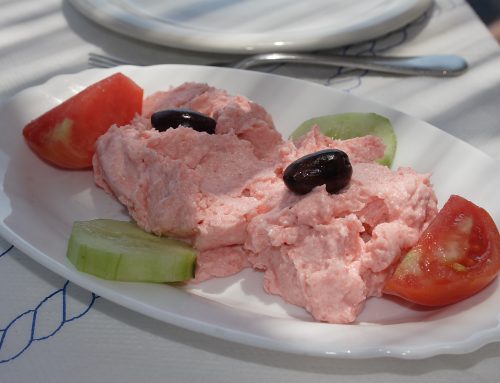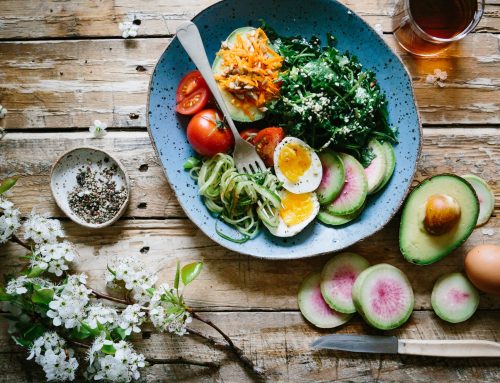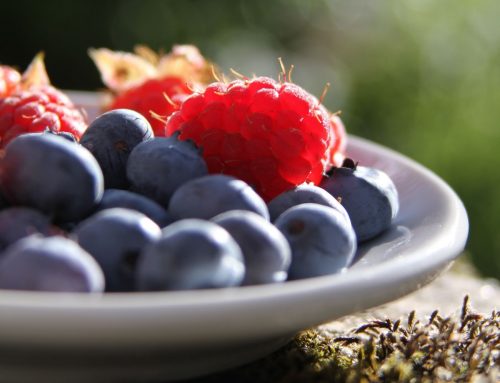Pick a bunch of green grapes, wash it, and put one in your mouth. Feel the grape with your tongue, observe how cold and refreshing it is: the crisp flesh, and the jellylike interior with its mild, sweet flavour.
Eating grapes can feel like an old pleasure, untouched by change. The ancient Greeks and Romans loved to eat them, as well as to drink them in the form of wine. The Odyssey describes “a ripe and luscious vine, hung thick with grapes”. As you pull the next delicious piece of fruit from its stalk, you could easily be plucking it from a Dutch still life of the 17th century, where grapes are tumbled on a metal platter with oysters and half-peeled lemons.
But look closer at this bunch of green grapes, cold from the fridge, and you see that they are not unchanged after all. Like so many other foods, grapes have become a piece of engineering designed to please modern eaters. First of all, there are almost certainly no seeds for you to chew or spit out (unless you are in certain places such as Spain where seeded grapes are still part of the culture). Strains of seedless varieties have been cultivated for centuries, but it is only in the past two decades that seedless has become the norm, to spare us the dreadful inconvenience of pips.
Here is another strange new thing about grapes: the ones in the supermarket such as Thompson Seedless and Crimson Flame are always sweet. Not bitter, not acidic, not foxy like a Concord grape, not excitingly aromatic like one of the Muscat varieties, but just plain sweet, like sugar. On biting into a grape, the ancients did not know if it would be ripe or sour. The same was true, in my experience, as late as the 1990s. It was like grape roulette: a truly sweet one was rare and therefore special. These days, the sweetness of grapes is a sure bet, because in common with other modern fruits such as red grapefruit and Pink Lady apples, our grapes have been carefully bred and ripened to appeal to consumers reared on sugary foods. Fruit bred for sweetness does not have to be less nutritious, but modern de-bittered fruits tend to contain fewer of the phytonutrients that give fruits and vegetables many of their protective health benefits. Such fruit still gives us energy, but not necessarily the health benefits we would expect.
The very fact that you are nibbling seedless grapes so casually is also new. I am old enough to remember a time when grapes – unless you were living in a grape-producing country – were a special and expensive treat. But now, millions of people on average incomes can afford to behave like the reclining Roman emperor of film cliche, popping grapes into our mouths one by one. Globally, we both produce and consume twice as many as we did in the year 2000. They are an edible sign of rising prosperity, because fruit is one of the first little extras that people spend money on when they start to have disposable income. Their year-round availability also speaks to huge changes in global agriculture. Fifty years ago, table grapes were a seasonal fruit, grown in just a few countries and only eaten at certain times of year. Today, they are cultivated globally and never out of season.
Almost everything about grapes has changed, and fast. And yet they are the least of our worries when it comes to food, just one tiny element in a much larger series of kaleidoscopic transformations in how and what we eat that have happened in recent years. These changes are written on the land, on our bodies and on our plates (insofar as we even eat off plates any more).
For most people across the world, life is getting better but diets are getting worse. This is the bittersweet dilemma of eating in our times. Unhealthy food, eaten in a hurry, seems to be the price we pay for living in liberated modern societies. Even grapes are symptoms of a food supply that is out of control. Millions of us enjoy a freer and more comfortable existence than that of our grandparents, a freedom underpinned by an amazing decline in global hunger. You can measure this life improvement in many ways, whether by the growth of literacy and smartphone ownership, or the rising number of countries where gay couples have the right to marry. Yet our free and comfortable lifestyles are undermined by the fact that our food is killing us, not through lack of it but through its abundance – a hollow kind of abundance.
With Brexit, food worries in the UK have become political, with panicked discussions of stockpiling and the spectre of US imports of chlorine-treated chicken on the horizon. Woody Johnson, the US ambassador to the UK, has dismissed these worries, suggesting that US food standards are nothing to be concerned about. But the bigger question is not whether American standards are lower than those in Britain, but why food standards across the world have been allowed to sink so dramatically.
What we eat now is a greater cause of disease and death in the world than either tobacco or alcohol. In 2015 around 7 million people died from tobacco smoke, and 2.75 million from causes related to alcohol, but 12m deaths could be attributed to “dietary risks” such as diets low in vegetables, nuts and seafood or diets high in processed meats and sugary drinks. This is paradoxical and sad, because good food – good in every sense, from flavour to nutrition – used to be the test by which we judged the quality of life. A good life without good food should be a logical impossibility.
Where humans used to live in fear of plague or tuberculosis, now the leading cause of mortality worldwide is diet. Most of our problems with eating come down to the fact that we have not yet adapted to the new realities of plenty, either biologically or psychologically. Many of the old ways of thinking about diet no longer apply, but it isn’t clear yet what it would mean to adapt our appetites and routines to the new rhythms of life. We take our cues about what to eat from the world around us, which becomes a problem when our food supply starts to send us crazy signals about what is normal. “Everything in moderation” doesn’t quite cut it in a world where the “everything” for sale in the average supermarket has become so sugary and so immoderate.
At no point in history have edible items been so easy to obtain, and in many ways this is a glorious thing. Humans have always gone out and gathered food, but never before has it been so simple for us to gather anything we want, whenever we want it, from sachets of black squid ink to strawberries in winter. We can get sushi in Buenos Aires, sandwiches in Tokyo and Italian food everywhere. Not so long ago, to eat genuine Neapolitan pizza, a swollen-edged disc of dough cooked in a blistering oven, you had to go to Naples. Now, you can find Neapolitan pizza – made using the right dough blasted in an authentic pizza oven – as far afield as Seoul and Dubai.
Talking about what has gone wrong with modern eating is delicate, because food is a touchy subject. No one likes to feel judged about their food choices, which is one of the reasons why so many healthy eating initiatives fail. The rise of obesity and diet-related disease around the world has happened hand in hand with the marketing of fast food and sugary sodas, of processed meats and branded snack foods. As things stand, our culture is far too critical of the individuals who eat junk foods and not critical enough of the corporations who profit from selling them. A survey of more than 300 international policymakers found that 90% of them still believed that personal motivation – AKA willpower – was a very strong cause of obesity. This is absurd.
It makes no sense to presume that there has been a sudden collapse in willpower across all ages and ethnic groups since the 1960s. What has changed most since the 60s is not our collective willpower but the marketing and availability of energy-dense, nutrient-poor foods. Some of these changes are happening so rapidly it’s almost impossible to keep track. Sales of fast food grew by 30% worldwide from 2011 to 2016 and sales of packaged food grew by 25%. Somewhere in the world, a new branch of Domino’s Pizza opened every seven hours in 2016.
Source: The Guardian





